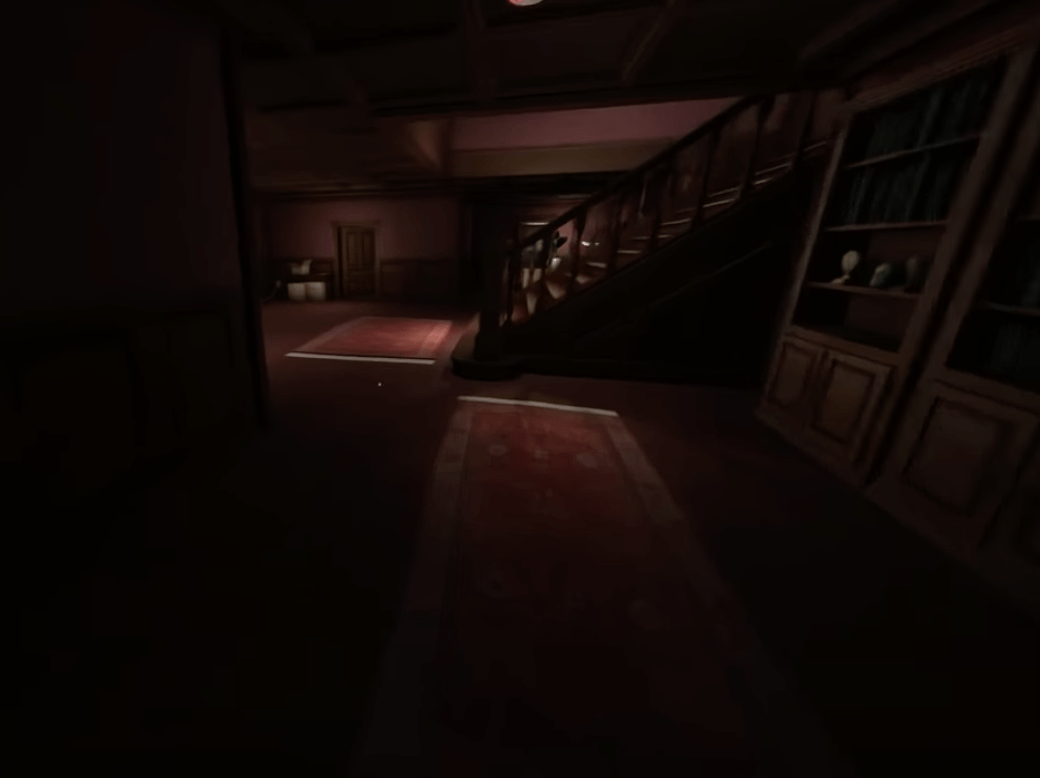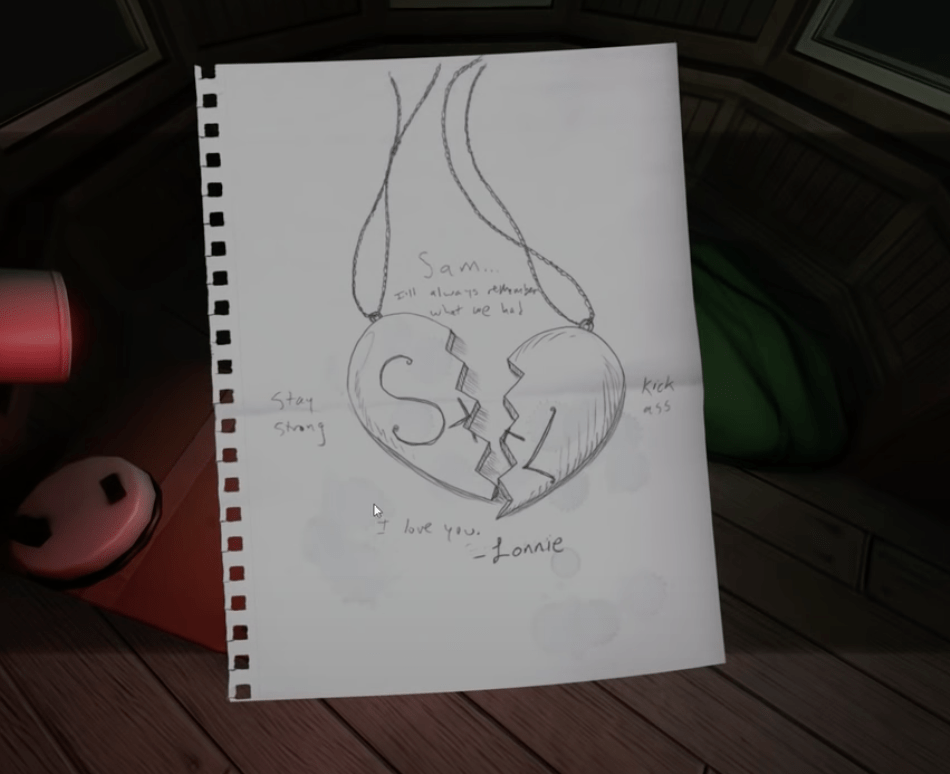
This week, I played Gone Home. It was published in 2013 by The Fullbright Company, and is played on a desktop. Due to the slightly more mature topics and scary vibe, this game is meant for pre-teens and older.
In this game, you (the protagonist, Kaitlin Greenbriar) come home from a trip to discover that your house is empty. So, you walk through the house to try and figure out what happened to everyone. The main mechanics are your keyboard’s arrow keys to walk, and your mouse to look around. These support the game’s main objectives of exploration and discovery.
This game showcases the narrative architecture enacting stories. It is a spatial story, as you move throughout the house inspecting various objects and rooms to piece together the story. While the pieces connect together, and there are certain points where you need to move from a particular room to the next to advance the story, many of the objects do not necessarily have to be discovered in a particular order. Some of them uncover interesting micronarratives on the missing characters that are fun to learn about to deepen your understanding of the mystery but are not core to getting to the end of the game or uncovering the core narrative.

Player POV moving throughout the house
The narrative was set up before the game begins. In particular, before beginning to play the game, you hear a phone call between Kaitlin (you) and her mom, telling her that you’ll be home soon. As you begin the game, you’re instructed to enter the house. The lights are dim, and no one else is around. Because of that phone call, the narrative is clear. As you go through the house and discover various letters, voicemails, and tapes, the narrative continues to unfold as the voice of Sam (Kaitlin’s sister) overlays the game and details what happened while Kaitlin was away. This is an interaction arc in the game. You begin to understand that these particular objects advance the narrative (mental model). Thus, as you go through the house, you continue the action of looking for and interacting with these types of objects. This triggers (rules) Sam’s voice (feedback), providing greater insight into what happens next. Through these elements of the game, Gone Home promises narrative and challenge in terms of types of fun.

Letter / drawing discovered during game play
This game is really well done. The dark, moody ambiance combined with the personalized artifacts and the somber story of Sam’s life evokes feelings of sadness and nostalgia. The pacing of the game is on point, as there are moments of exploration before encountering an important artifact and advancing the narrative. An important note is that this game lacks interaction loops, as it is less about building a particular skill to accomplish a goal and more about unfolding the story.


